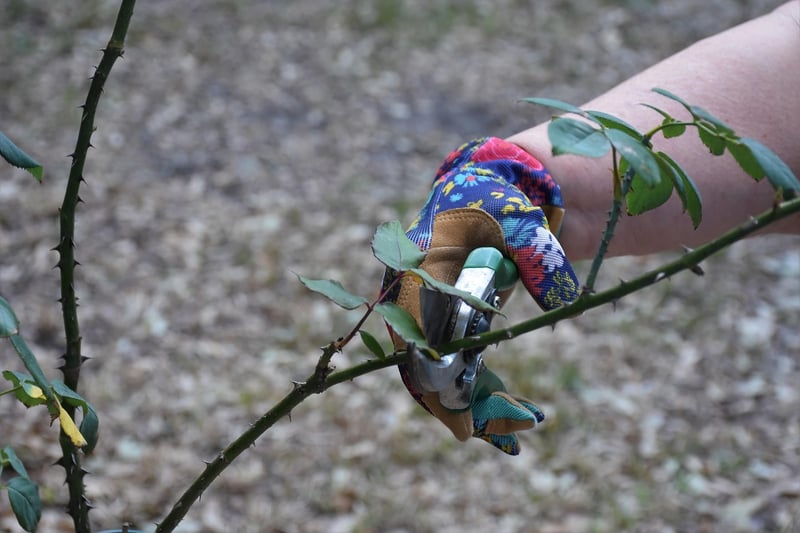Pruning and trimming
Keeping Your Garden Healthy: The Importance of Pruning and Trimming
Welcome to our guide on maintaining a healthy garden through proper pruning and trimming practices. A well-maintained garden not only enhances the aesthetic appeal of your outdoor space but also promotes the overall health and growth of your plants. Let's delve into the art of pruning and trimming to ensure your garden flourishes year-round.
The Benefits of Pruning and Trimming
Pruning and trimming are essential horticultural practices that offer several benefits:
- Promotes plant health by removing dead or diseased branches.
- Encourages new growth and flowering.
- Improves air circulation within the plant canopy.
- Shapes the plant for better aesthetics and structure.
- Controls the size of the plant to prevent overcrowding.
When to Prune and Trim
It's crucial to prune and trim your plants at the right time to avoid causing stress or damage. Here are some general guidelines:
- Spring-flowering shrubs: Prune after flowering to avoid cutting off next year's blooms.
- Summer-flowering shrubs: Prune in late winter or early spring before new growth appears.
- Deciduous trees: Prune during the dormant season in late winter to early spring.
- Evergreen trees and shrubs: Prune in late winter or early spring before the growing season begins.
Tools for Pruning and Trimming
Having the right tools is essential for effective pruning and trimming. Some common tools include:
- Pruning shears
- Loppers
- Hedge trimmers
- Pruning saw
- Pole pruners
Tips for Pruning and Trimming
Here are some tips to keep in mind while pruning and trimming your plants:
- Always use sharp and clean tools to make precise cuts and prevent the spread of diseases.
- Identify the purpose of pruning (e.g., deadheading, shaping, size control) before making any cuts.
- Remove broken, diseased, or crossing branches to maintain plant health.
- Prune at a 45-degree angle just above a bud or lateral branch to promote new growth.
- Step back regularly to assess the plant's shape and make adjustments as needed.
By following these guidelines and best practices, you can ensure that your garden remains healthy, vibrant, and visually appealing throughout the year. Happy gardening!
 Learn more about essential pruning tools.
Learn more about essential pruning tools.
